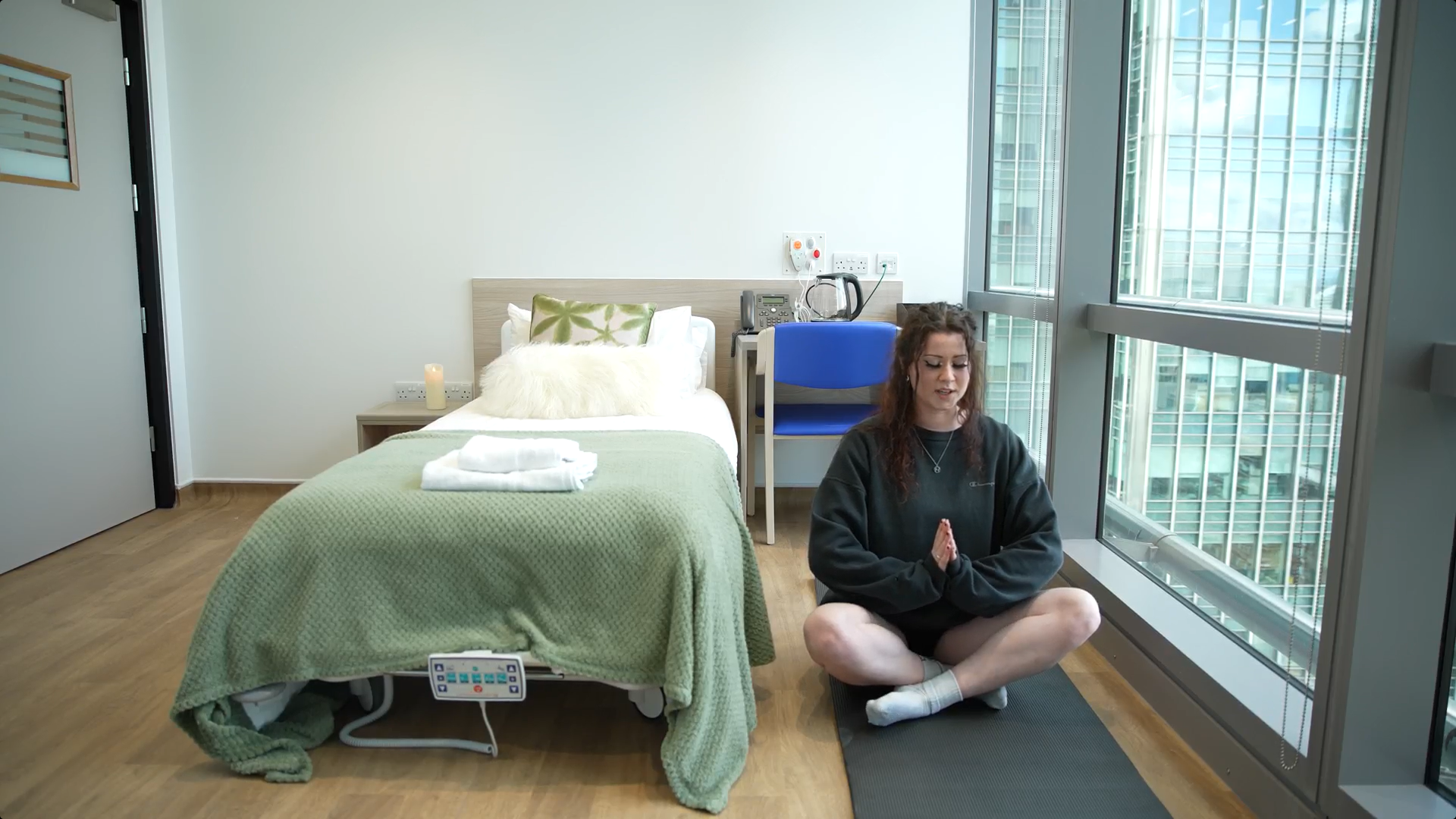Influenza isn’t just limited to certain areas of the world. The flu virus leads to nearly 40 million flu-related illnesses each year even though it is one of the most preventable diseases. It can be found in Asia and the Atlantic, from America to Australia and beyond. What’s interesting about the virus though, is that it can be more prominent depending on where you live in the world. So where is influenza most commonly found?
Where is the flu most common?
A study in 2015 looked into where influenza is most common, alongside how it spreads around the globe. While there are cases of it appearing all around the world, scientists found that it is far more prominent in the east than in the west, particularly in Southeast Asia.
While this might suggest more people begin to contract the virus in the east than the west, it’s actually the reverse. Studying the influenza virus across a yearly period, scientists found that the virus would eventually die out everywhere – except in the west. This suggests that each year, the influenza virus begins in the west and spreads to the east across the globe, which goes to explain why there are such high numbers of influenza suffers in the east every year.
Seasonal influenza & Flu Season
While influenza can affect people all year round, it is far more prominent during winter. However, as well all know, winter doesn’t take place at the same time across the globe. As a result, influenza reaches its peak prominence (more commonly known as ‘flu season’) at different times of the year depending on where you live.
If you live in the northern hemisphere, influenza is more common from November to April. For those in the southern hemisphere, it’s more prevalent from April to September. As a result, we typically have two flu seasons per year, which is why the World Health Organisation (WHO) recommends you get two different flu jabs a year to ensure you are protected against the virus.
It’s slightly different news if you live in tropical areas, though. These areas of the world don’t have a clear seasonal pattern, meaning it can be harder to predict when influenza will become more prominent throughout the year, as outbreaks will occur irregularly.

Common Flu Signs & Symptoms
Flu signs and symptoms usually come on suddenly. People who are sick with flu often feel some or all of these symptoms:
- Fever*/feeling feverish or chills
- Cough
- Sore throat
- Runny or stuffy nose
- Muscle or body aches
- Headaches
- Fatigue (tiredness)
- Some people may have vomiting and diarrhea, though this is more common in children than adults.
*It’s important to note that not everyone with flu will have a fever.
Treating flu
- Can flu be treated?
Yes. There are prescription medications called “influenza antiviral drugs” that can be used to treat flu illness. Antiviral drugs work best when started early, such as one to two days after your flu symptoms begin. - What are flu antiviral drugs?
Flu antiviral drugs are medicines (pills, liquid, an inhaled powder, or an intravenous solution) that fight against flu in your respiratory tract. Antiviral drugs are not sold over the counter. You can only get them if you have a prescription from your doctor or health care provider. Antiviral drugs are different from antibiotics, which fight against bacterial infections and should never be used to treat flu or any viral infections. Antiviral drugs can make illness milder and shorten the time you are sick. They might also prevent serious flu complications, like pneumonia, when treatment is started early. Studies show that flu antiviral drugs work best for treatments when they are started within two days of getting sick. However, starting them later can still be helpful, especially if the sick person has a higher-risk health condition or is very sick from flu (for example, hospitalized patients). Follow your doctor’s instructions for taking these drugs.
Treating seasonal influenza
- If the patient isn’t high risk, WHO suggests:
- Staying at home.
- Take Antivirals Drugs, if a health care provider prescribes them.
- Keeping fluids high drinking as many liquids as possible.
Preventing seasonal influenza
- Take time to get a flu vaccine.
- While sick, stay away from others as much as possible to keep from infecting them.
- Cover your nose and mouth with a tissue when you cough or sneeze. Throw the tissue in the trash after you use it.
- Wash your hands often with soap and water. If soap and water are not available, use an alcohol-based hand rub.
- Clean and disinfect surfaces and objects that may be contaminated with germs like flu.
- Cover coughs and sneezes.
- Cover your nose and mouth with a tissue when you cough or sneeze. Throw the tissue in the trash after you use it.
- Avoid touching your eyes, nose, and mouth. Germs spread this way.
OMS recommends that people stay home for at least 24 hours after their fever is gone except to get medical care or other necessities. Fever should be gone without the need to use a fever-reducing medicine.
Flu Complications
Most people who get flu will recover in a few days to less than two weeks, but some people will develop complications (such as pneumonia) as a result of flu, some of which can be life-threatening and result in death.
Sinus and ear infections are examples of moderate complications from flu, while pneumonia is a serious flu complication that can result from either flu virus infection alone or from co-infection of flu virus and bacteria.
Who is the most vulnerable to influenza?
Influenza can affect anyone, even healthy people, and serious problems related to flu can happen to anyone at any age, but certain people are more susceptible to the virus than others.
Young children are particularly vulnerable because their immune systems are not fully developed, while those over the age of 50 are also at risk because their immune systems become weaker with age.
Other people who are more likely to catch influenza are women who are pregnant, people with chronic medical conditions (such as asthma, diabetes, or heart disease), and those who are morbidly obese.
Influenza can also be much more dangerous to those in developing countries. While research is still being done on its effects, various studies estimate that 99% of deaths in children under the age of 5 are influenza related.
Emergency Warning Signs of Flu Complications
People experiencing these warning signs should obtain medical care right away.
In children
- Fast breathing or trouble breathing
- Bluish lips or face
- Ribs pulling in with each breath
- Chest pain
- Severe muscle pain (child refuses to walk)
- Dehydration (no urine for 8 hours, dry mouth, no tears when crying)
- Not alert or interacting when awake
- Seizures
- Fever above 104 degrees Fahrenheit that is not controlled by fever-reducing medicine
- In children younger than 12 weeks, any fever
- Fever or cough that improve but then return or worsen
- Worsening of chronic medical conditions
In adults
- Difficulty breathing or shortness of breath
- Persistent pain or pressure in the chest or abdomen
- Persistent dizziness, confusion, inability to arouse
- Seizures
- Not urinating
- Severe muscle pain
- Severe weakness or unsteadiness
- Fever or cough that improve but then return or worsen
- Worsening of chronic medical conditions
These lists are not all inclusive. Please consult your medical provider for any other symptom that is severe or concerning.
Help us fight the flu!
Want to help us in our fight against influenza? Then why not take part in one of our flu clinical trials? Visit our clinical trial page to find out more about how you can help us work towards eliminating the flu – for good.
References:
- Thompson WW, Weintraub E, Dhankhar P, Cheng OY, Brammer L, Meltzer MI, et al. Estimates of US influenza-associated deaths made using four different methods. Influenza Other Respi Viruses. 2009;3:37-49
- Nair H, Abdullah Brooks W, Katz M et al. Global burden of respiratory infections due to seasonal influenza in young children: a systematic review and meta-analysis. Lancet 2011; 378: 1917–3
- https://www.cdc.gov/flu/symptoms/symptoms.htm (Accessed March 2023)

















